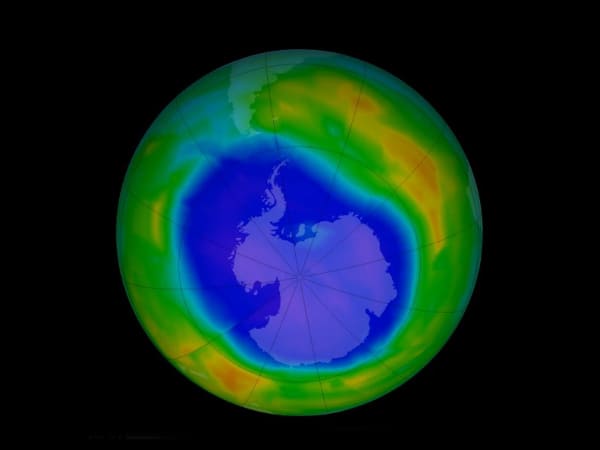Health
oi-Neha Ghosh
on June 4, 2020
Air pollution is a serious global health concern and developing countries around the world are taking necessary measures to minimise air pollution and improve air quality. Air pollution both indoor and outdoor has detrimental effects on human health and the environment.
According to the World Health Organisation (WHO), exposure to smoke emitted from the cooking fires causes 3.8 million premature deaths every year in low and middle-income countries. Dung, wood and coal are burnt for fuel during cooking and this releases various health-damaging pollutants, including particulate matter (PM), carbon monoxide, methane, polyaromatic hydrocarbons (PAH) and volatile organic compounds (VOC) [1].
On the other hand, outdoor air pollution is caused by vehicle emissions, industrial and agricultural emissions, stationary power generation, waste incineration, and natural processes like volcanoes and thunderstorms.
What Is Air Pollution?
Air pollution refers to a combination of harmful pollutants from man-made and natural sources that stay in the air in large quantities for a longer period. The common air pollutants are hydrocarbons, dispersed particles, carbon monoxide, carbon dioxide, nitrogen oxide, nitrogen dioxide and sulphur trioxide, to name a few [2].
Air pollution and climate change are linked together [3]. Harmful pollutants like methane, black carbon, tropospheric ozone, and aerosols affect the amount of incoming sunlight by absorbing sunlight and solar radiation that have bounced off the Earth’s surface.
Normally, the sunlight escapes into space, but these pollutants trap the heat and cause the climate to get hotter. This leads to a rise in the Earth temperature known as global warming, which results in the melting of ice, glaciers and icebergs.
 World Environment Day 2020: Know About The History, Theme And Significance Of This Day
World Environment Day 2020: Know About The History, Theme And Significance Of This Day

Effects Of Air Pollution On The Environment
Air pollution affects the environment largely by contaminating the groundwater, soil and air and it also poses a threat to living organisms. Here is how air pollution has a negative impact on the environment:
• Acid rain
It is caused by a chemical reaction of two toxic pollutants, sulphur dioxide and nitrogen oxide. When these compounds are released into the air, they can rise very high into the atmosphere, where they combine and react with oxygen, water and other chemicals to form more acidic pollutants, which is known as acid rain.
READ RELATED: 5 Signs You’re About to Have a Heart Attack
These two pollutants dissolve very easily in water and as a result, they become part of the rain, snow and fog. Acid rain causes damage to the trees and crops, lakes, rivers and living organisms [4].
 World Environment Day 2018: 9 Environment-friendly Eating Habits
World Environment Day 2018: 9 Environment-friendly Eating Habits

• Haze
The most common components of haze particles are sulphur dioxide, nitrogen dioxide, sulphuric acid, nitrates, ozone, nitric acid and sulphates. When these fine particles are released in the air, it covers the clear sky and reduces the transparency of the atmosphere [5].

• Ozone
The stratospheric ozone layer protects the life on Earth from the harmful ultraviolet (UV) rays from the sun. Unfortunately, ozone-depleting substances (such as chemicals, pesticides and aerosols) damage the ozone molecules in the stratosphere, resulting in thinning of the ozone layer. And this causes the UV rays to reach the Earth and damage the plant cells. Plants use sunlight for photosynthesis, but the harmful UV rays from the sun reduce the process of photosynthesis [6].

• Climate change
Changes in the Earth’s climate has led to an increase in the Earth’s temperature, causing extreme weather events, shifting wildlife habitat, rise in water levels due to melting of glaciers and icebergs [8].

• Eutrophication
It occurs when the environment contains excess amount of nutrients (especially nitrogen), which triggers the production of algal blooms. The blooming of algae disrupts the normal functioning of the ecosystem by using up all the oxygen in the water and leaving none for other marine life, resulting in their destruction [9].
On this World Environment Day, let us take a pledge to protect our environment from the harmful effects of air pollution by incorporating simple steps into our everyday life to help improve air quality.
GET THE BEST BOLDSKY STORIES!
Allow Notifications
You have already subscribed
Source: boldsky blog










